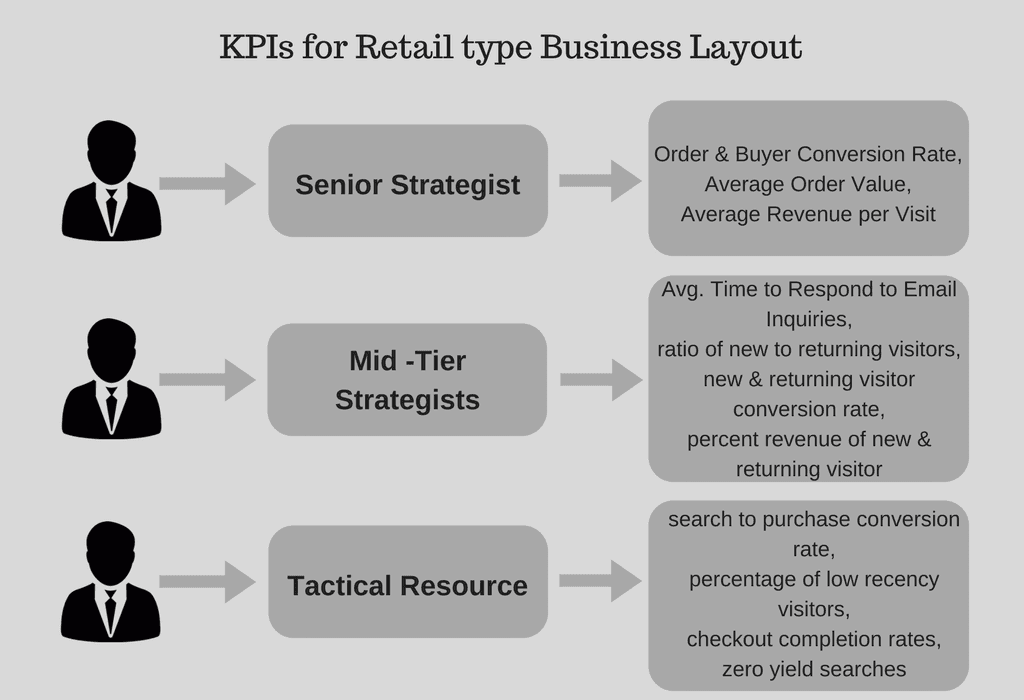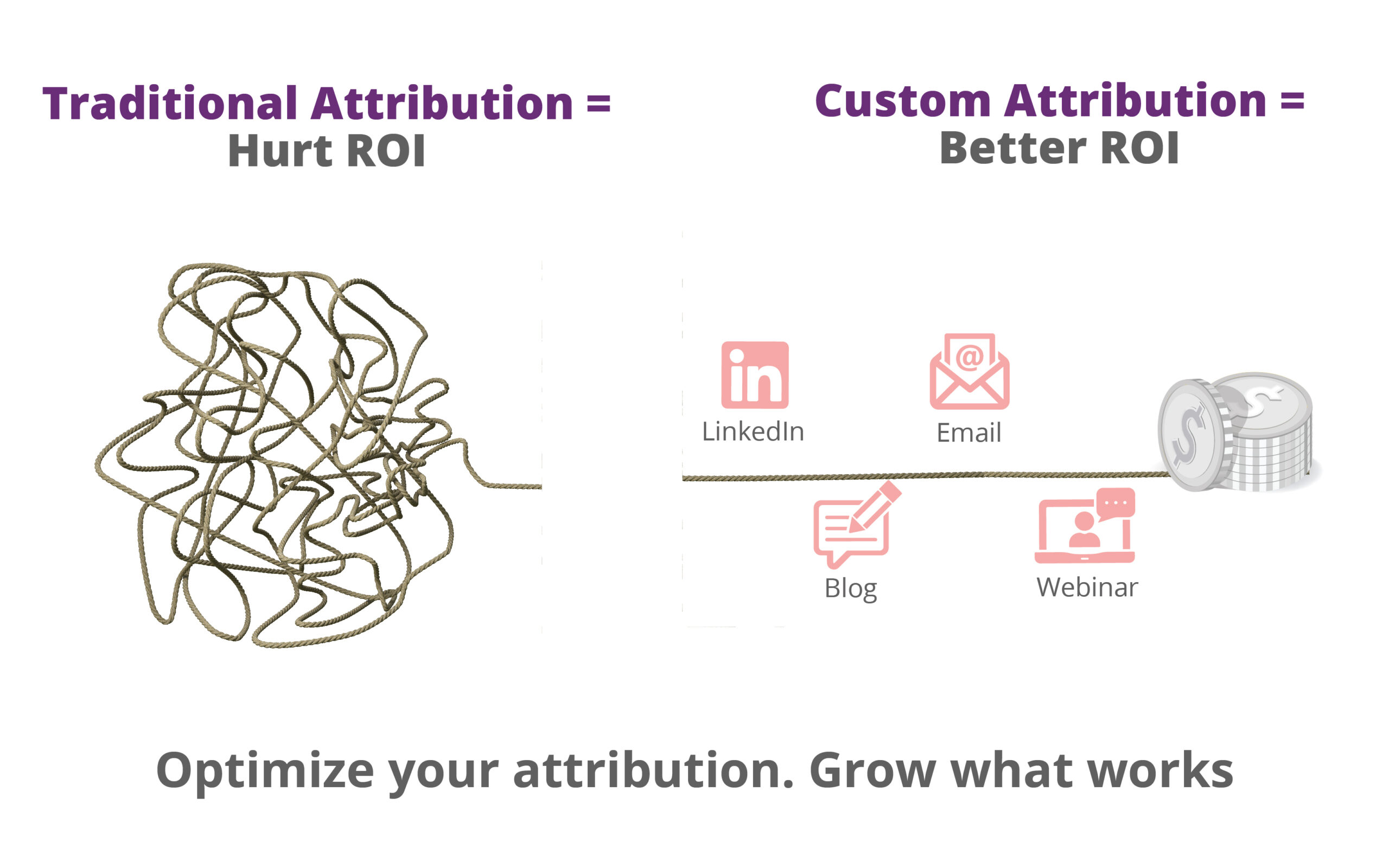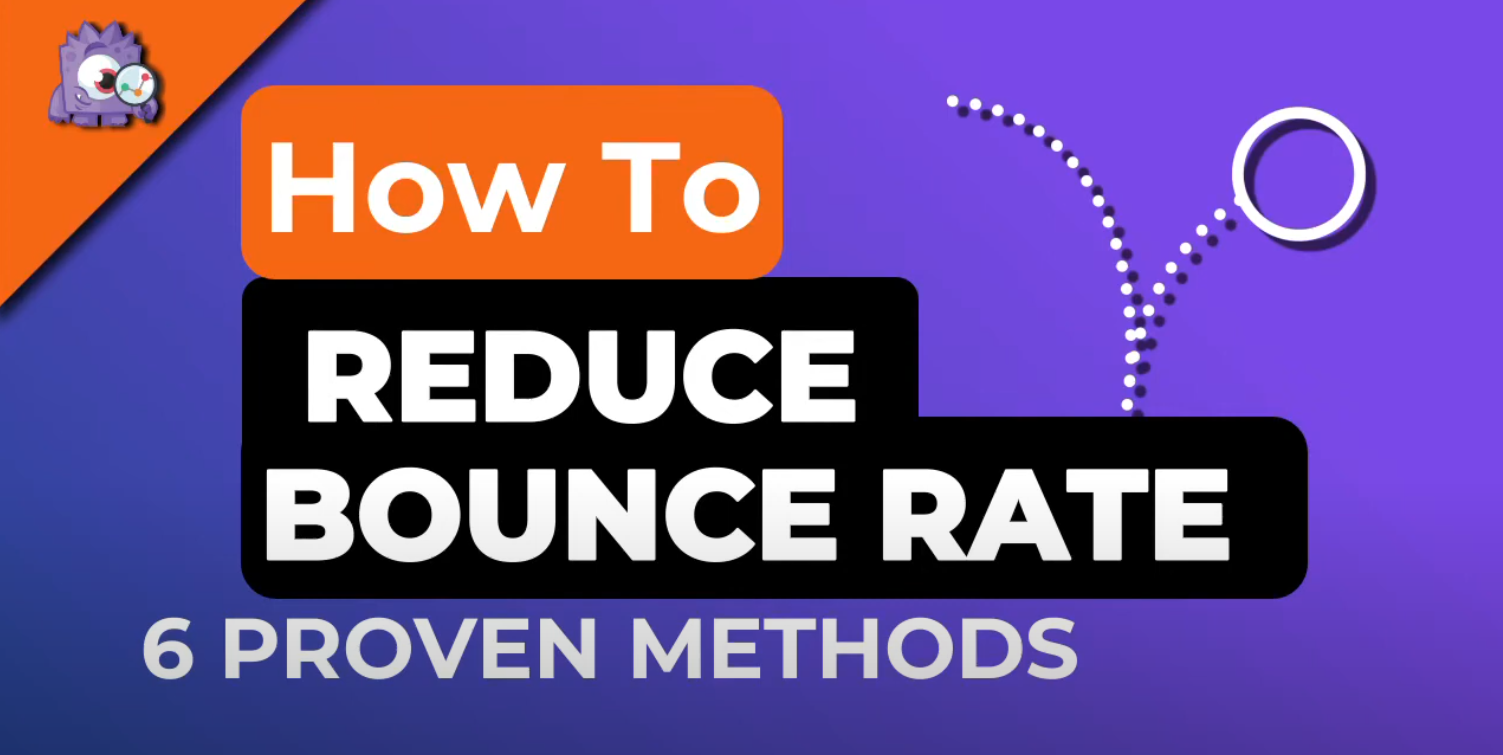Key Performance Indicators play a vital role in web analytics, especially when it comes to building a report. You should be able to decide which metrics are critical to your business and how would you plot them on the report.
Most of the business owners and marketers have very less knowledge about analytics and their only concern is the final report. They don’t have enough time to drill down every report, instead, they are most likely to view the business KPIs and make their business decisions based on the data.
In our weekly discussions, we have recently finished discussing “The Big Book of Key Performance Indicators”, written by Eric Peterson from webanalyticsdemistified. In this book, Eric has well defined the term “KPI” in analytics point of view and has explained the perfect way of measuring and plotting KPIs.

In this article, I will be discussing few of the important points from this book about defining and choosing the KPIs for the right business person.
What are Key Performance Indicators?
Key Performance Indicators as the name says are numbers or values that demonstrate how well a business is achieving its goals or how well a business performing. KPIs are never raw numbers, they are always in the form of ratios, percentages or averages. KPIs are meant for high level stakeholders and should give the idea about business performance at a glance.
“Any KPI that, when it changes suddenly and unexpectedly does not inspire someone to send an email, pick up the phone or take a quick walk to find help, is not a KPI worth reporting.””
There are many guides on digital marketing KPIs or what makes KPIs more effective. We are not here to talk about all that stuff. What we are focusing here is discussing some of the KPIs that don’t have standard implementations by Google Analytics or they are somewhat unusual and are overlooked by business strategists and how important they are for persons responsible at different levels in a business.
Now the question arises why Google Analytics? There are many other tools that offer different types of tracking that google analytics may not offer, so why Google Analytics? Well, the answer is simple, it's free and it provides tons of different features that are hard to find in any other tool for free.
The general layout of business is:
- Senior strategists
- Mid -Tier Strategists
- Tactical Resource
Senior strategists:
These include CEO, CFO, and other top level personnel or senior executives. KPIs for them should be precise and related to the core business objectives and profitability.
Mid -Tier Strategists:
Mid-tier strategists are the people that are first asked by senior strategists in case of any problem. They are usually managers and department heads. They need to see the KPIs similar to the senior strategists in additions to some extra details without getting into pure technical jargon.
Tactical Resource:
Tactical Resource is the most low-level personnel responsible for all the setup of analytics and have the best understanding of working with analytics tools. Tactical resource should get all the KPI detail as the above two in addition to all the technical KPIs that are not sent to above levels.

The importance of KPIs changes with the change in business type. A KPI that is important for the tactical resource in one kind of business may be more important for a senior executive in other business. Google analytics measure a lot of different stuff ranging from simple pageview to entire ecommerce of a business. So let’s discuss some of the KPIs that are not traceable through the standard implementation of Google analytics.
Customer Satisfaction Percentage:
Customer is the key to any business. A happy customer means good profits and sales. Customer satisfaction can have a huge impact on business. So keeping track of customer satisfaction rate is important. Foresee Results, Usability Sciences, and OpinionLab are some of the vendors that allow feedback and customer satisfaction measurement. Google analytics does not have a customer satisfaction or any kind of feedback measurement feature.
We can use many different metrics like bounce rates, page exits, and user flow to kind of guess user satisfaction but that won’t be nearly as accurate as a solid percentage number.
Types of business and which personnel needs to see this KPI is as follows:
Online retailers: Senior Strategists
Customer Services Sites: Senior Strategists
Average Time to Respond to Email Inquiries:
Customer support is a huge part of today’s online business. Almost every business has a customer support department. This could also be the thing that can provide a business an edge in the market as customer usually have expectations to get a reply of their query in a day or two at least so by improving customer support a business can move ahead of its competitors.
The primary way to get in touch with customer support is through email. So tracking average time it takes customer support to respond to customer queries is important.
Types of business and which personnel needs to see this KPI is as follows:
Online retailers: Senior Strategists
Customer Services Sites: Senior Strategists
Marketing Sites: Senior Strategists
Search to Purchase Conversion Rate:
Most of the sites have some kind of search functionality deployed that helps the user to quickly find what they are looking for. Search can help increase purchases or conversion on a site. A user may be looking for a specific item or product or content that is not visible on the front page or in first few pages search helps user to find wanted item quickly that can help in increase in chances that the customer will purchase it from your site. Tracking this helps in evaluating how well the search is implemented and how many purchases are made after searching for the items.
Types of business and which personnel need to see this KPI is as follows:
Online retailers: Tactical Resource
Percent Zero Result and Zero Yield Searches:
Percent zero result means user searched for the product but did not find it or the search result turned up empty. Zero yield searches means search result did not get any click or purchase from the user. If the number of Percent Zero Result and Zero Yield Searches is higher then it can mean that your search functionality is not working properly.
Maybe it’s not returning relevant results that can cause an increase in Zero Yield or it’s returning anything at all which cause in higher percentage of Percent Zero Result.
Types of business and which personnel needs to see this KPI is as follows:
Online retailers: Tactical Resource
Customer Services Sites: Tactical Resource
Marketing Sites: Tactical resource
Information Find Conversion Rate:
Somewhat similar to search to purchase but more important to customer support sites. This KPI shows the rate of users transversed the content of the site for certain topic or segment. This helps in understanding how much the content on the site is helpful to the customer or how easy it is found on the site.
Types of business and which personnel needs to see this KPI is as follows:
Customer Services Sites: Mid - Tier Strategists
Conclusion:
It’s easy to view data in Analytics but requires certain skills to disclose actionable insights that will help you create a hypothesis and test experiments to improve your business. Completing this book, I learned a lot of insightful things to improve report building procedure. If you are looking for someone who help can see insights in your data and help setup a similar framework, look us up.






